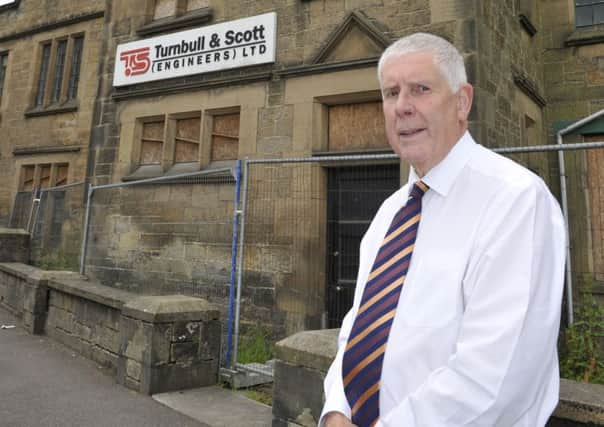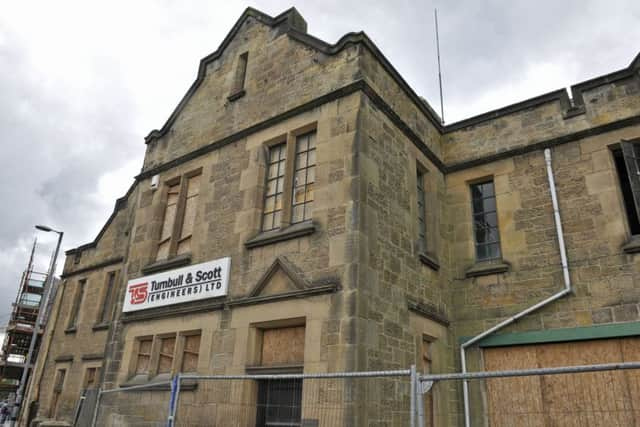Whisky, and jobs, galore as plans for £10m distillery at Hawick are approved


The Three Stills Company is to establish the complex at the former Turnbull and Scott premises in Commercial Road now that planning approval has been granted by Scottish Borders Council.
Existing buildings will be converted and a visitor centre created.
Advertisement
Hide AdAdvertisement
Hide AdThe building, also incorporating a cafe and shop, is set to be the first distillery in the Scottish Borders for almost 200 years.


Hawick and Denholm councillor Watson McAteer described the news as “just what the town needs”.
He has followed the development of the project and offered his support to its director and project leader, John Fordyce.
Mr McAteer said: “This absolutely great news and just what the town needs.
“We have been waiting for this to happen for some time.


Advertisement
Hide AdAdvertisement
Hide Ad“This is a major step forward in bringing a new business and high-quality jobs to the town and brings a welcome boost at this difficult time.
“I look forward to seeing steady progress in an area of the town that is being actively redeveloped to improve our economic fortunes.”
A report presented to the council said: “The characteristics that made Hawick suitable for the woollen industry in the 19th century, such as good water supply from the River Teviot, surrounding agricultural land and good transport links are also essential for a distillery.”
Scotland is home to more than 100 malt and grain distilleries, and the industry employs some 10,000 people.
Advertisement
Hide AdAdvertisement
Hide AdHawick and Hermitage councillor Ron Smith, also the council’s executive member for planning and environment, hailed the project’s threefold benefits.
He said: “The decision notice lists so many benefits to this town – jobs, visitors, regeneration of a historic building – in a really positive statement.
“The developers worked very closely and co-operatively with the council’s planners for several years, so the whole process has now reached this great outcome. Slainte!”
The distillery and visitor centre, on a site last occupied in 2010, will provide around 20 jobs when operational.
Advertisement
Hide AdAdvertisement
Hide AdMr Fordyce, said: “Hawick has a proud legacy as the centre for textile production in Scotland, and we felt very strongly that we wanted to uphold this rich industrial tradition and bring back distilling to the region after such a long absence.
“The historical context was one major factor in us identifying Hawick, but so was access to natural resources and raw materials.
“We also have on our doorstep what is undoubtedly Scotland’s most fertile barley-producing land.
“The council and local community have been very supportive of our plan.”
Advertisement
Hide AdAdvertisement
Hide AdThe distillery equipment will be located in two large industrial sheds, with mash tun and fermenters in one shed and wash and spirit stills in a another shed next to the courtyard.
The buildings on the land in Commercial Road date back to the early part of the last century.
The finest of these is the complex built in 1900 to house Hawick Urban Electricity Company, consisting of a two-storey stone administration block with two industrial stone-built sheds to the rear and a courtyard between.
By 1938, the factory had seven boilers and a facility to store electricity generated by water power.
Advertisement
Hide AdAdvertisement
Hide AdAfter 1945, the new national grid made local supply increasingly irrelevant and the works were wound down and sold to the council in 1945.
They were subsequently passed to Turnbull and Scott, which manufactured heat exchangers there until six years ago.
The last Borders distillery is believed to have closed in 1837.